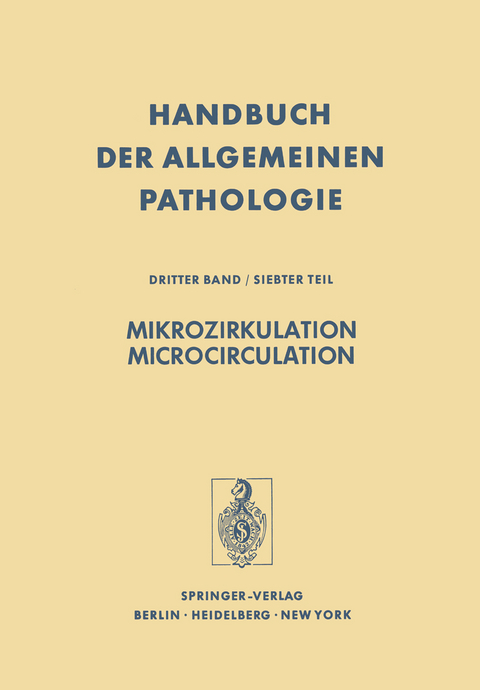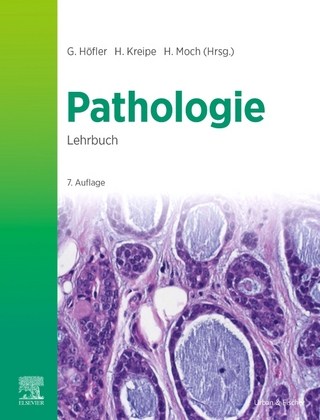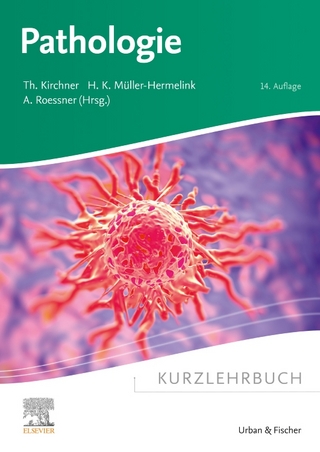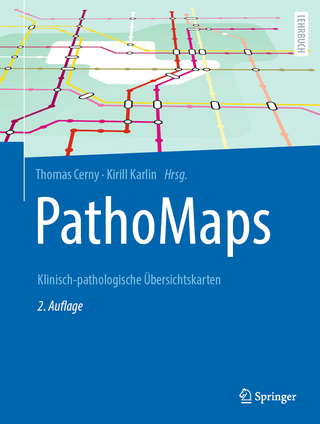
Mikrozirkulation / Microcirculation
Springer Berlin (Verlag)
978-3-642-66391-8 (ISBN)
/ Contents.- Angioarchitektonik der terminalen Strombahn.- A. Angioarchitektonik, allgemein.- B. Angioarchitektonik. spezielle.- Literatur.- Bau und Funktion der Blutkapillaren.- A. Allgemeine Einleitung.- B. Die Ultrastruktur der Blutkapillaren.- Literatur.- Hernodynamics of the Microcirculation. Physical Characteristics of Blood Flow in the Microvasculature.- 1. Introduction.- 2. Methodology: New Techniques for Quantitative Measurement of Hemodynamic Parameters in the Microcirculation.- 3. Morphometric Considerations.- 4. Distribution of Intraluminal Pressures Within the Microcirculation.- 5. Distribution of Flow Velocity and/or Volume Flow Within the Microcirculation.- 6. Bolus Flow in Capillaries.- 7. Transit Times of Cells and Plasma Through the Microcirculation.- 8. Distribution of Hematocrit Within the Microcirculation.- References.- Microrheology of Erythrocytes and Thrombocytes Blood Viscosity and the Distribution of Blood Flow in the Microcirculation.- The Present State of Blood Rheology.- Rheological Problems in the Microvasculature.- Description of the Flow Conditions in vivo: Hydrodynamic Analysis of the Vascular Bed.- Meaning and Measurement of the "Viscosity of Blood".- Blood Viscosity in vitro.- Small Bore Tubes-The Fahraeus Effect.- Analysis of Blood Microrheology : Observation, Photometry and Viscometry.- Photometric Aggregometry.- Factors Operational in Red Cell Aggregation.- Shape and Deformation of Red Cells: The Concept of Conformational Instability.- Disturbed Red Cell Deformability: Conformational Stability.- "Blood Viscosity" in vivo.- Blood Viscosity and Hemodynamics.- Relative Rôle of Vasomotor and Viscosity Factors.- Rheology of Intravascular Red Cell Aggregation and Dissociated Microvascular Perfusion: Stasis and Shunting.-Rheology of Thrombocytes.- Rheological Factors in Platelet Aggregation and Fibrin Formation - Methodological Aspects.- Interaction of Flow Forces with Platelet Convection, Collision, Interaction, Disruption.- Rheological Aspects of Hemostasis and Thrombosis.- Effects of Platelets on Fibrin Polymerization.- Summary :Mixed Thrombotic Processes: Interaction of Red Cell and Platelet Aggregation with Fibrin Formation.- References.- The Interstitial Tissue Pressure and Microcirculation.- A. Introduction.- B. Structural Aspects of the Interstitial Space.- C. Methods of Measuring the Interstitial Tissue Pressure.- D. The Physiological Significance of Measuring the Interstitial Fluid Pressure.- E. Summary and Conclusions.- References.- Exchange Processes in the Microcirculatory Bed.- A. Fluid Movement through Membranes by Hydrostatic Forces.- B. Movement of Substances through Membranes by Diffusion.- C. The Movement of Fluids through Membranes by Osmotic Forces.- D. The Movement of Fluids and Solutes through Membranes by Combined Hydrostatic and Osmotic Forces.- E. Movement of Fluid through the Capillary Wall.- F. The Movement of Solutes through the Capillary Wall.- G. Exchange of Gases.- Summary.- References.- Morphologische Reaktionsmuster der terminalen Strombahn.- 1. Einleitung.- 2. Die gestörte Barrierewirkung der terminalen Strombahn.- 3. Veränderter Stoffwechsel der Gefäßwand.- 4. Veränderter Gefäßinhalt.- 5. Schlußbetrachtungen.- Literatur.- Die allgemeine submikroskopische Pathologie der Endothelzellen und ihre Bedeutung für die Mikrozirkulation.- A. Einleitung.- B. Bemerkungen zur Ultrastruktur der Blutkapillaren.- C. Allgemeine submikroskopische Pathologie des Kapillarendothels.- D. Die Bedeutung der submikroskopischen Pathologie der Kapillarendothelienfür die Mikrozirkulation der Organe.- E. Mikrozirkulation und Organpathologie.- F. Summary and Conclusions.- Literatur.- Capillary Platelet and Fibrin Thrombosis.- A. Introduction.- B. Methods of Studying Thrombosis in Vivo.- C. Experimental Microcirculatory Thrombogenesis in Animals.- D. Microcirculatory Thrombosis in Human Disease.- E. Comment.- Addendum.- References.- Microcirculatory Changes in Myocardium with Particular Reference to Catecholamine-induced Cardiac Muscle Cell Injury.- Objectives.- A. General Review.- B. Experimental Studies on Catecholamine-induced Cardiac Muscle Cell Injury.- General Summary.- Acknowledgement.- References.- Klinische Aspekte der Mikrozirkulationsstörungen unter besonderer Berücksichtigung des Schocks.- A. Einleitung.- B. Allgemeine Pathologie der Mikrozirkulationsstörung.- C. Pathophysiologie der Mikrozirkulationsstörung.- D. Schlußbetrachtung.- Literatur.- Namenverzeichnis / Author Index.- Sachverzeichnis / Subject Index.
| Erscheint lt. Verlag | 29.12.2011 |
|---|---|
| Reihe/Serie | Handbuch der allgemeinen Pathologie | Zwischensubstanzen, Gewebe, Organe |
| Mitarbeit |
Mitglied der Redaktion: H. Meessen |
| Zusatzinfo | XXIV, 1140 S. 203 Abb. |
| Verlagsort | Berlin |
| Sprache | deutsch |
| Maße | 170 x 244 mm |
| Gewicht | 1964 g |
| Themenwelt | Medizin / Pharmazie ► Medizinische Fachgebiete |
| Studium ► 2. Studienabschnitt (Klinik) ► Pathologie | |
| Schlagworte | Anatomie • Chemie • Entzündung • Gewebe • Haut • Klassifikation • Klinik • Krankheiten • Mikrozirkulation • Mikrozirkulationsstörung • Nervensystem • Pathologie • Pathophysiologie • Physiologie • Skelett • Stress • Zelle |
| ISBN-10 | 3-642-66391-5 / 3642663915 |
| ISBN-13 | 978-3-642-66391-8 / 9783642663918 |
| Zustand | Neuware |
| Haben Sie eine Frage zum Produkt? |
aus dem Bereich


